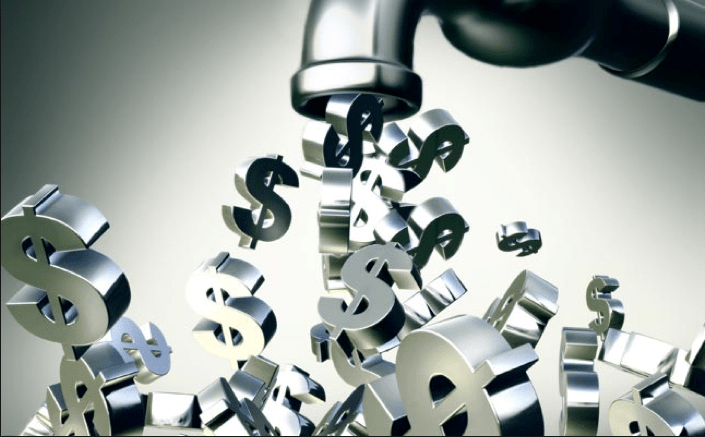
I worked with a business owner for that past two years that was coming off a dismal year in 2014. They had a break out year in 2015 making close to $6 million and $500,000 in profit and successfully sold the business last year.
During one of our coaching sessions he asked me, “Where’s the cash?” If I’m so profitable, why don’t I have more cash in my checking account.” Have you ever felt that way? Managing cash and cash flow can be an incredible challenge to business owners. So, how do we get better at it?
There’s an important financial statement beyond the balance sheet and income statement called the cash flow statement. It reconciles all the activities in your business that caused cash to go up or down. If cash goes up because of an activity it’s called a source of cash. If cash goes down because of an activity, it’s called a use of cash. Sometimes the cash flow statement activity is called a sources and uses of cash statement. There are 3 things that drive these changes.
1) Operating activities: How much was sold and how much was collected? If you sell a product or service, it includes all your cost of sales or cost of goods sold and changes in overhead costs. In my example of the client that made $500,000, his accounts receivable had increased $400,000, so that amount was sitting in accounts receivable and not in his bank account.
2) Investing activities: Did you buy any equipment or vehicles? Maybe a new computer system or software package? Or did you bite the bullet and buy a building? All these activities are included in your investing activities
3) Financing activities: Did you borrow money or repay debt with the cash you had last year? Did you raise capital or declare any dividends? All these activities are included in the financing activities.
The total of all the changes in the cash flow statement will help you determine whether your cash balance went up or down year over year and what parts of your business are generating cash or using cash. Here’s a quick equation to calculate it:
Changes in debt – capital expenditures + cash flow = changes in cash
If I had to pick a Big 3 that drives most of the changes on the cash flow state it would be:
- Changes in accounts receivable
- Changes in inventory
- Changes in depreciation
So if you have the same question my client did, “Where’s the cash,” these three would be a good place to start looking. If you’re really interested in digging in to this further and would like to talk to one of our consultants, please Get in Touch and we’ll be happy to talk to you about it.






